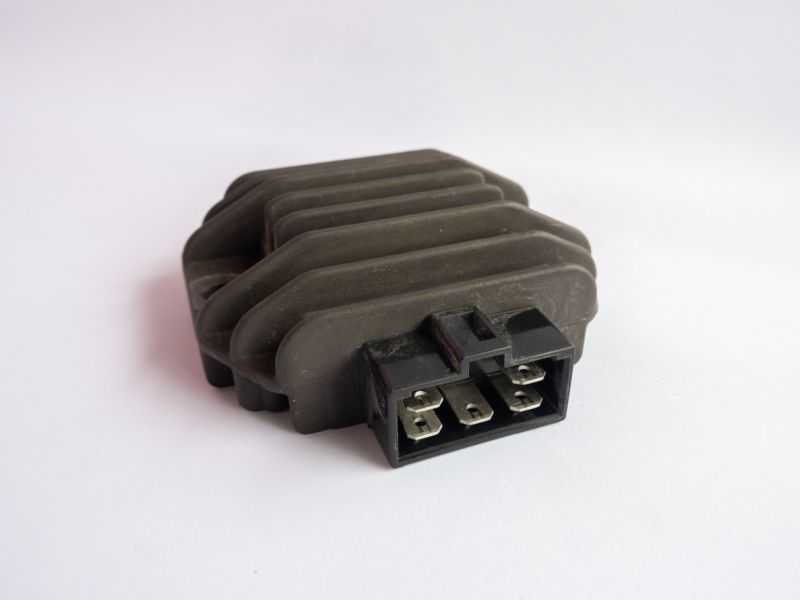
What Does A Motorcycle Rectifier Do?
A motorcycle rectifier is an important part of a motorcycle's battery charging system and if it goes bad or breaks, you may find yourself having problems with your motorcycle.
What is a Motorcycle Rectifier?
A motorcycle rectifier, also known as a motorcycle voltage regulator, is a part of the charging system that supplies the motorcycle with the electrical current it demands, ensuring it is at the correct voltage and has the correct type of power.
There are two types. First, a Field Control Type Rectifier which has a coil that becomes magnetised when supplied with power, and the amount of power supplied to the coil will determine how much output the alternator will give.
The second type is called a Permanent Magnet Rotor Alternator, which contains two magnets that move with the engine to produce power, sending pulses of DC current to the battery. Most rectifiers have three output wires; some have two.
See how much you can save
Compare quotes from 37 insurers
How do they work?
A rectifier works to regulate the voltage of the motorcycle and convert AC power to DC power in order not to damage any components with incompatible AC power.
It's important to note that rectifiers do not produce power; this comes from the stator coil within the alternator. The alternator is what produces the AC power.
Most rectifiers use a three-stage method that links the three wires to the stator and regulator rectifier. There are single-phase systems that employ two wires rather than three. The regulator rectifier first converts the AC power into a burst of DC power, then normalises the DC power to ensure that it does not exceed roughly 14 volts. The DC voltage is then sent to the battery and used to power the electronics of the motorcycle.
Common motorcycle rectifier problems
One of the issues you may encounter is that your bike's headlights are dim or flickering. This is an easy problem to diagnose because the lights are connected to the alternator. If the battery is not receiving enough charge via the alternator and rectifier, it will reduce the power input to the lights or increase the AC power instead of fully converting to DC power, causing them to dim and flicker.
Another important issue is a dead battery and potential battery damage; if the battery does not receive enough charge to keep it switched on, it will continue to lower its output until it reaches zero.
A dead battery can be caused by a variety of factors though, including the cold, so it's wise to look into other solutions as well.
Will a motorcycle start with a bad rectifier?
Starting a motorcycle is dependent on the amount of power in the battery and how much power is required to start the motorcycle. If the rectifier has had issues for a while, it will provide the battery with less and less DC power and more and more incompatible AC power, weakening it over time and forcing the battery to work harder with less power to start the motorcycle. Eventually, the battery will deplete and not have enough power to start the motorcycle.
So to summarise, although a bad rectifier will mean that the battery does not receive sufficient charge and will likely deplete over time, a bad rectifier on its own will mostly not cause a motorcycle to fail to start.

Compare insurance quotes now!
Making bike insurance easy since 2006
Do you need a rectifier on a motorcycle?
A motorcycle requires a rectifier. It is one of the key components in regulating the power within the motorcycle while also overseeing the conversion of AC power from the alternator to DC power, allowing the battery to charge and power important components including the lights, starter motor, and dashboard.
As for riding and using a motorcycle without a rectifier, yes, this is possible, but only for a limited amount of time. A motorcycle without a rectifier will not last long since there will be no bridge between the alternator and the battery, and no conversion from AC power to DC power, implying that the battery will be fed only by incompatible AC power.
Similar to what would happen if diesel fuel were poured into a gasoline-powered engine, the battery would exhaust all available fuel (DC Power) before stalling out from receiving an excessive amount of useless power (AC Power).
Riding in this manner is known as "total-loss ignition," because the battery would not be able to keep up with the demands of the ignition system, lights, or any other components that use battery power and it would eventually fail.
